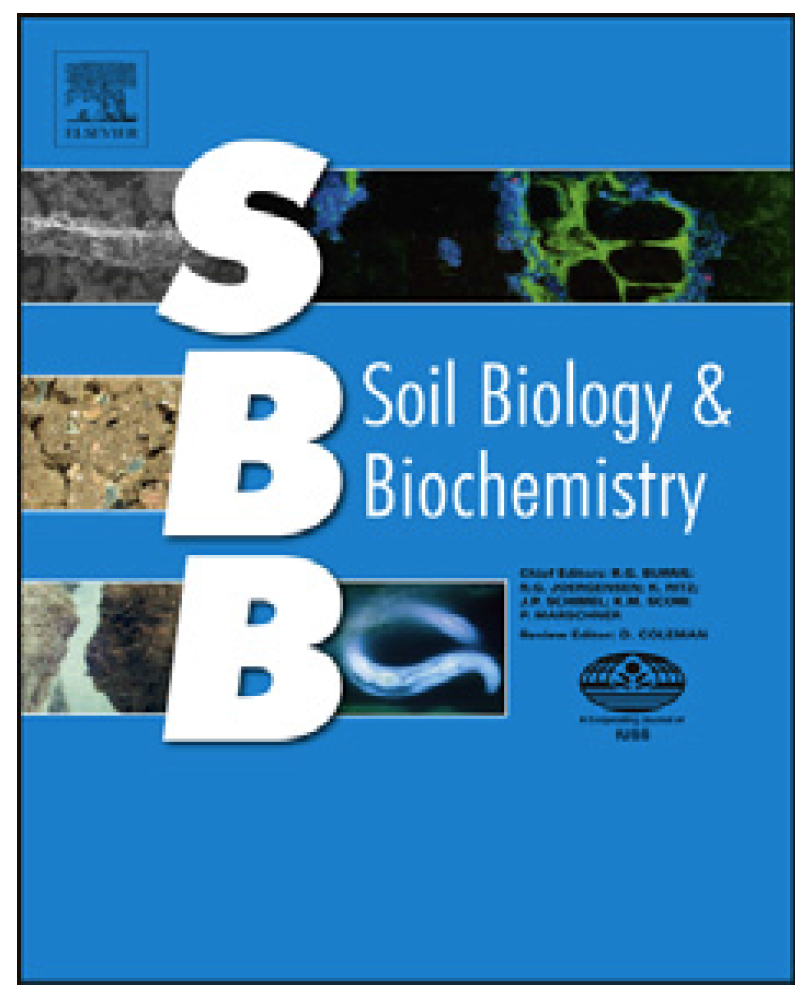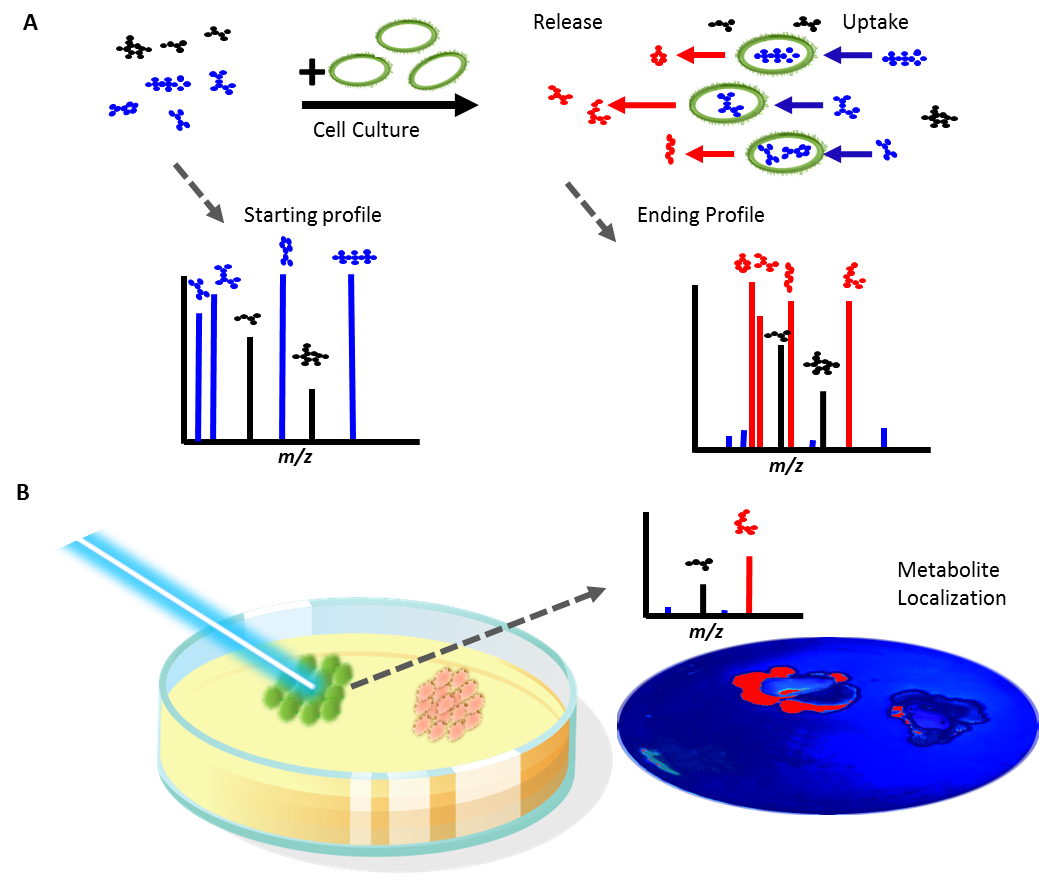In a collaboration with the Yoshikuni lab at JGI and the Dangl lab at University of North Carolina Chapel Hill, Lauren Jabusch of the Northen Lab demonstrated imaging of 9 different colors of fluorescent bacteria within a single EcoFAB. This work is part of the paper “CRAGE-Duet Facilitates Modular Assembly of Biological Systems for Studying Plant–Microbe Interactions.”

CRAGE, or chassis-independent recombinase-assisted genome engineering, is a method of genome engineering that avoids the pitfalls of plasmid-based tools and allows for the insertion of a genetic construct at a specific location on the chromosome. CRAGE-Duet increases the abilities of CRAGE by enabling the insertion of two constructs in succession.
Read more about this research.





